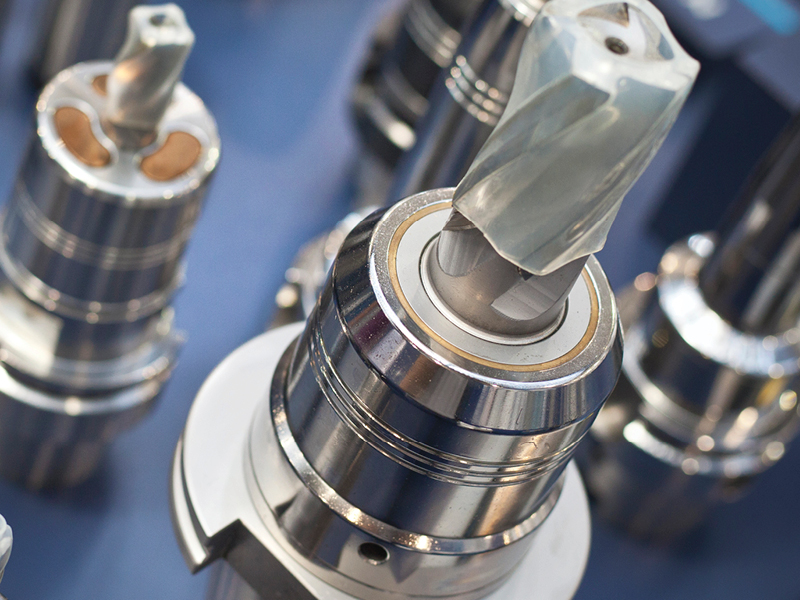Automated and Manual Deburring With One Tool
IMTS22: J.W. Done Corp. showcases its Orbitool, one tool capable of automated and manual deburring. The tool is capable of working on several differently sized holes.
#imts
Edited by
Burrs are created where the crossholes exist. Getting at burrs, let alone removing them, can be a real challenge. For this reason, J.W. Done Corp. developed its Orbitool to assist companies in resolving burr problems.
A handful of methods are commonly employed for dealing with these burrs, but these methods have their drawbacks. In the case of hand-held solutions, they are off-line processes. Parts need to be handled and/or moved from machining to deburring. The extra handling, queue, transport and more represent non-value added operations. Furthermore, labor intensive, craft-sensitive manual deburring introduces inevitable risk of damage to critical bore surfaces.
Alternatively, automated deburring on the CNC introduces its own set of challenges. Complex intersections require intricate programming to remove material in the right places while also limiting damage to adjacent surfaces. This can be especially difficult in angled, off center and 1:1 hole ratio intersections. Parts with a wide range of hole sizes require several different tools, further complicating the programming required while taking up valuable space in a tool changer.
The Orbitool is J.W. Done’s response to all of these common problems. According to the company, the Orbitool is the only deburring tool capable of both manual and in-process automated deburring of cross-drilled holes. The Orbitool removes burrs specifically from the intersection of crossholes. At the same time, it protects all other critical surfaces from damage due to its design, J.W. Done says. One tool may be used on several hole sizes, freeing up space in the tool changer and simplifying programming. The operation can be tailored to leave a minimally broken edge or a blended radius.
RELATED CONTENT
-
Tips for Tapping Titanium Alloys
Creating threaded holes in titanium alloys calls for proper techniques based on an understanding of both the properties of these materials and the peculiarities of the tapping process.
-
10 Tips for Titanium
Simple process considerations can increase your productivity in milling titanium alloys.
-
A New Milling 101: Milling Forces and Formulas
The forces involved in the milling process can be quantified, thus allowing mathematical tools to predict and control these forces. Formulas for calculating these forces accurately make it possible to optimize the quality of milling operations.










 (1).1676494398075.png)

